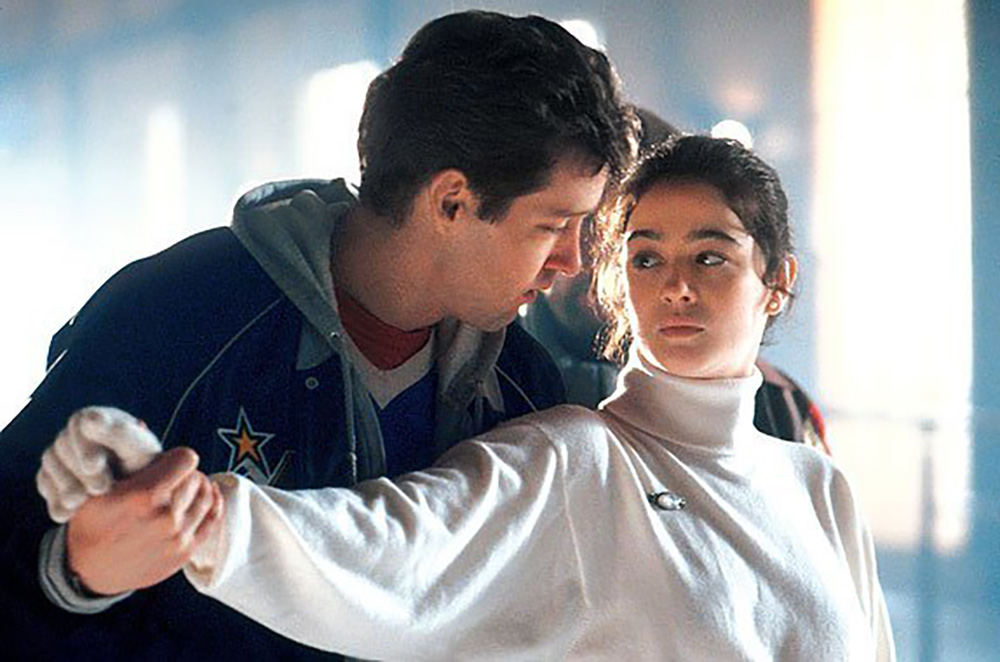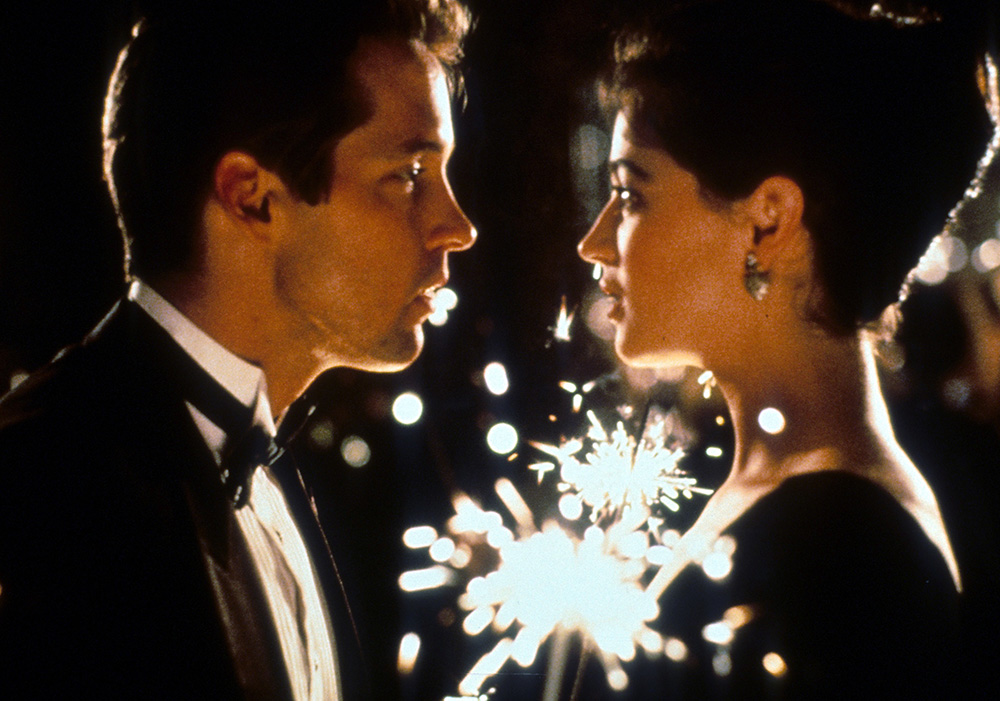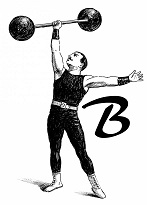This is a nice movie. With the dramatic twists, hoops, and cynicism that often line today’s romance pictures, 1992’s “The Cutting Edge,” by Director Paul Michael Glaser is a nice throwback that manages to warm your heart while taking place almost solely in ice rinks. Yes it’s cliché: a burned out NHL hopeful (D.B. Sweeney) finds solace on the ice, training as a partner to an Olympic figure skater with a chip on her shoulder (Moira Kelly). But the film is something more. It doesn’t ask a lot of you but rewards you greatly. It’s light on story, but high on chemistry; and, at the end of the day, gives you what a romance picture should: it makes you believe in its leads’ connection and rewards your investment.
“The Cutting Edge” is written by Tony Gilroy (“The Bourne Identity,” “Rogue One: A Star Wars Story”—among others), which might be part of the reason for its success. An equal part of it success lies in the chemistry of its leads, who have that instant loathing of each other on sight that you just know will turn into love by the end. But in a movie like this, who cares? The accidental finding of the film though, is it tries smartly to be about more than a mismatched pair falling in love: both Sweeney’s Doug and Kelly’s Kate are struggling with lost loves of their own. Doug, suffering an eye injury, cannot play professional hockey again; Kate, controlled all her life and forced into a sport she forgot how to love has lost that spark that makes her her. Together, Doug and Kate find that again; not out of spite, but perhaps because of each other. Doug has a love of the ice that is palpable and real—and Kate has a fire inside her she thought she forgot.
Amidst all this, the usual players are here. We have Terry O’Quinn (who excelled in the horrific “The Stepfather”) as Kate’s father who wants his daughter to excel but yet doesn’t really know her. Then there’s Roy Dotrice, playing a skating coach Anton Pamchenko, of which a skating move is named after that is one of the great payoffs of the film. Dwier Brown of “Field of Dreams” fame makes an appearance as Kate’s disinterested fiancé, but fails to leave much of an impression. A good chunk of “The Cutting Edge” revolves around Sweeney and Kelly first despising each other, then respecting each other, and eventually falling in love.
The things that work about “The Cutting Edge” are it lacks that usual uber-drama that lines many of today’s pictures. Yes, there are a few misunderstandings and fights, but overall both leads are basked in a level of understanding and parity that is rare for sports films centered on romance. They are both casted as equals too: both have demons of their own, but the film takes pains to show how both grow and heal as a result of their pairing. It would have been easy to make Doug a fish out of water and pariah in the figure skating world; it would have been equally easy to squash Kate beneath the power of the patriarchal figures in her life. Both are real people, and defy stereotypes. It’s a breath of fresh air that may have been ahead of its time.

A few problems in the script present themselves, namely its quickness to gloss over real problems that find the couple (including a little too neat of an ending), and the story hints at some deep problems that Kate has that are brought up in the 11th hour and not given the screen-time they deserve. Doug also seems to have some family problems back home that are not fully addressed or rectified but in a quick shot of their turn-a-round later in the film with little build up at all.
But the film makes up for this with some fun montages and slapstick. Scenes of Kate, whose strict discipline has never let her have a drink become drunk with Doug doing tequila shooters, or scenes of Doug falling on his face as he fails to translate his hockey skating prowess to figure skating are comical. Further, Doug and Kate are very likable people, and Kelly and Sweeney make them real. They’re shortchanged a bit on character development, but do more than the script probably allowed. Kelly in particular shines: her facial acting, hiding pain and love behind anger makes it look a lot easier than it probably was.
“The Cutting Edge” is simple fun. No, it’s not a transcendent romance, and yes, it has its share of cliché. But it harkens back to a simpler time, is extremely watchable and likable, and a great way to celebrate love stories this February. The skating scenes are impressive, the soundtrack is apropos, and the rest of it is just the kind of light fare to warm a cold night.


